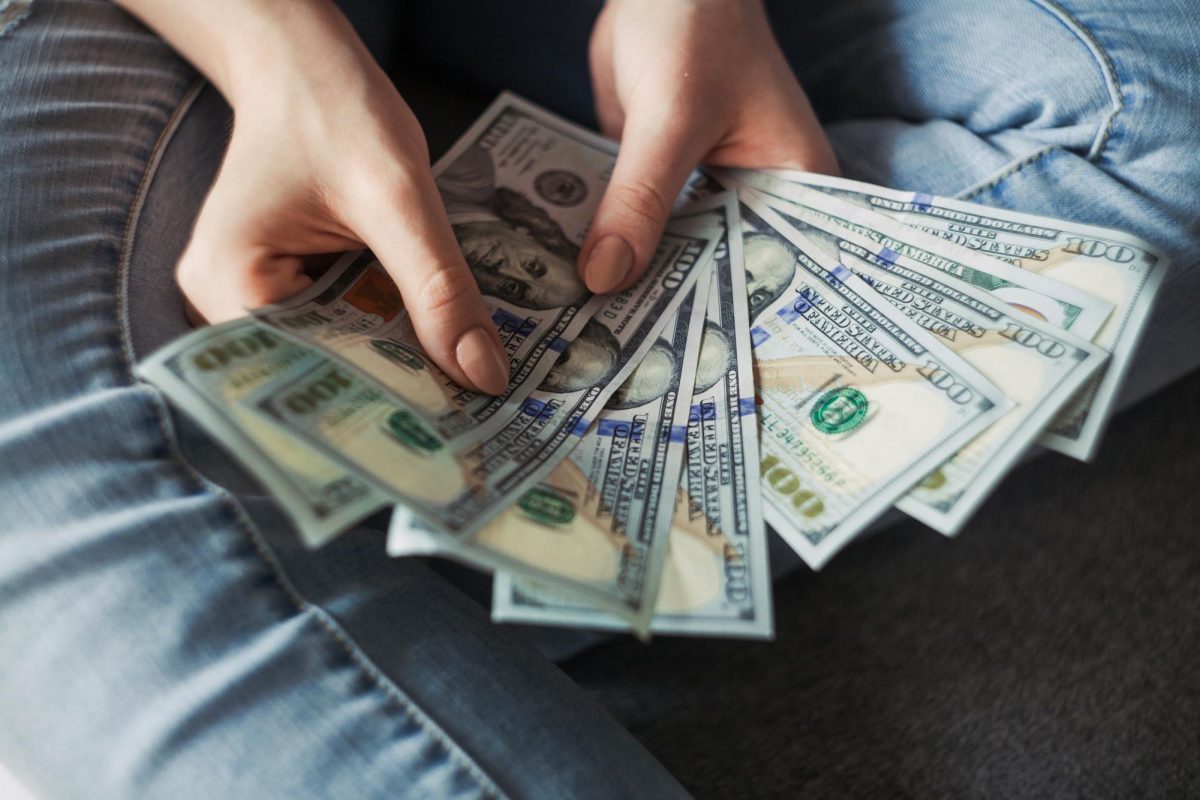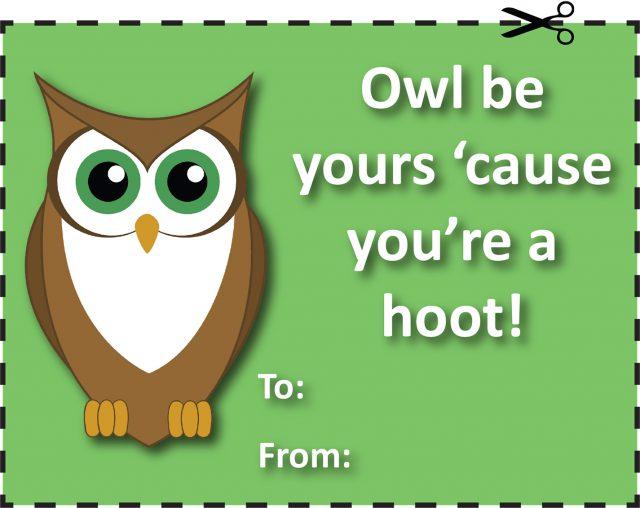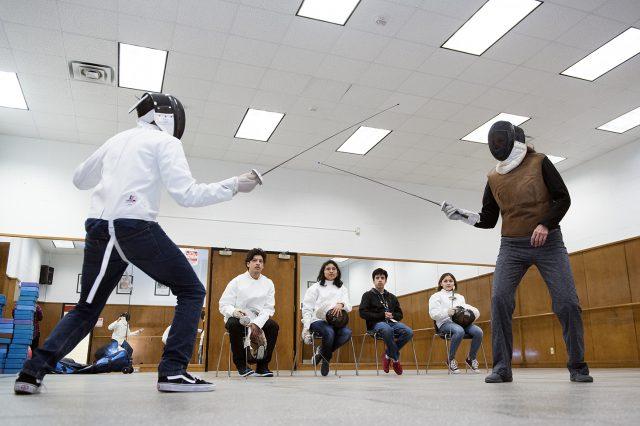While modern-day society likes to boast the idea that love is love, make no mistake, Valentine’s Day is for the straights.
This is not an attack on heterosexuals. Love is absolutely worth celebrating regardless of identity, but the overly commercialized holiday is a problem for everyone who isn’t straight or cisgendered.
Beginning as a Christian appropriation of a Roman holiday before being abolished by a pope in the fifth century, Valentine’s Day was first associated with romantic love in the 14th century in Geoffrey Chaucer’s “Parlement of Foules,” that implied the day was an established tradition.
Since then, the day has evolved to include the exchanging of jewelry, cards and so much more, making February a lucrative month for a number of industries.
According to a survey by the National Retail Federation, Americans plan to spend an average of $143.56 for Valentine’s Day this year.
With the day being so commercialized, it begs the question why so many companies fail to include LGBT individuals in their advertisements. This lack of representation sends a dangerous signal that only “straight love” matters.
Heterosexuals might have a hard time wrapping their heads around the impact this lack of representation has on the LGBT community, but it’s important to consider how ignoring the sizeable LGBT community during Valentine’s Day is another form of discrimination.
This is particularly noteworthy after the legal battle over whether a commercial bakery can refuse to provide a wedding cake to a gay couple.
Unless one goes out of the mainstream to find a gift that acknowledges the existence and experiences of queer people, they’re stuck giving blank or generic cards with puppies on them. And it’s worth asking why, as a society, it’s still more acceptable to see a man chaining up a woman and whipping her on the big screen for Valentine’s Day than two women or two men in love.
LGBT couples are challenged to do the simplest of Valentine’s Day tasks from buying a card to getting a customized gift and even having to explain to a waiter that yes, you’re together, and no, you don’t need separate checks.
On Valentine’s Day, LGBT people are constantly reminded of heterosexual dominance as jewelers launch ads encouraging men to treat the women in their lives and Hallmark marathons 50 different movies featuring the same predictable heterosexual romantic plots but few LGBT films.
It’s a constant bombardment of heteronormativity everywhere you turn.
Everything, including the his-and-hers-themed matching teddy bears and pajama sets, seems to ignore the possibility of relationships that fall outside of straight ones and insists that the only genders that exist are male and female.
For individuals who identify outside of the gender binary, this depiction of love presents additional issues — not only does it exclude any potential relationships they might be involved in, it also dismisses the very existence of their gender identity altogether.
And what’s particularly intriguing is the number of corporations that opposed Texas’ “bathroom bill” — which would have restricted public bathroom use for transgender individuals — because they recognized the LGBT community as significant consumers but don’t incorporate them into Valentine’s Day ad campaigns.
Despite a traditional heterosexual focus, some companies are working to make the day’s narrative a more inclusive one. In January 2017, Lush Cosmetics debuted Valentine’s Day ads depicting same-sex couples using the company’s products, and the greeting card company Hallmark has featured a same-sex couple in their commercials as well.
More companies should follow their lead and make their marketing campaigns and Valentine’s Day products more inclusive.
The LGBT community really isn’t asking for a lot here.
After all, Disney does boast bestiality in a movie, but it’s heterosexual bestiality, so it’s fine.










































